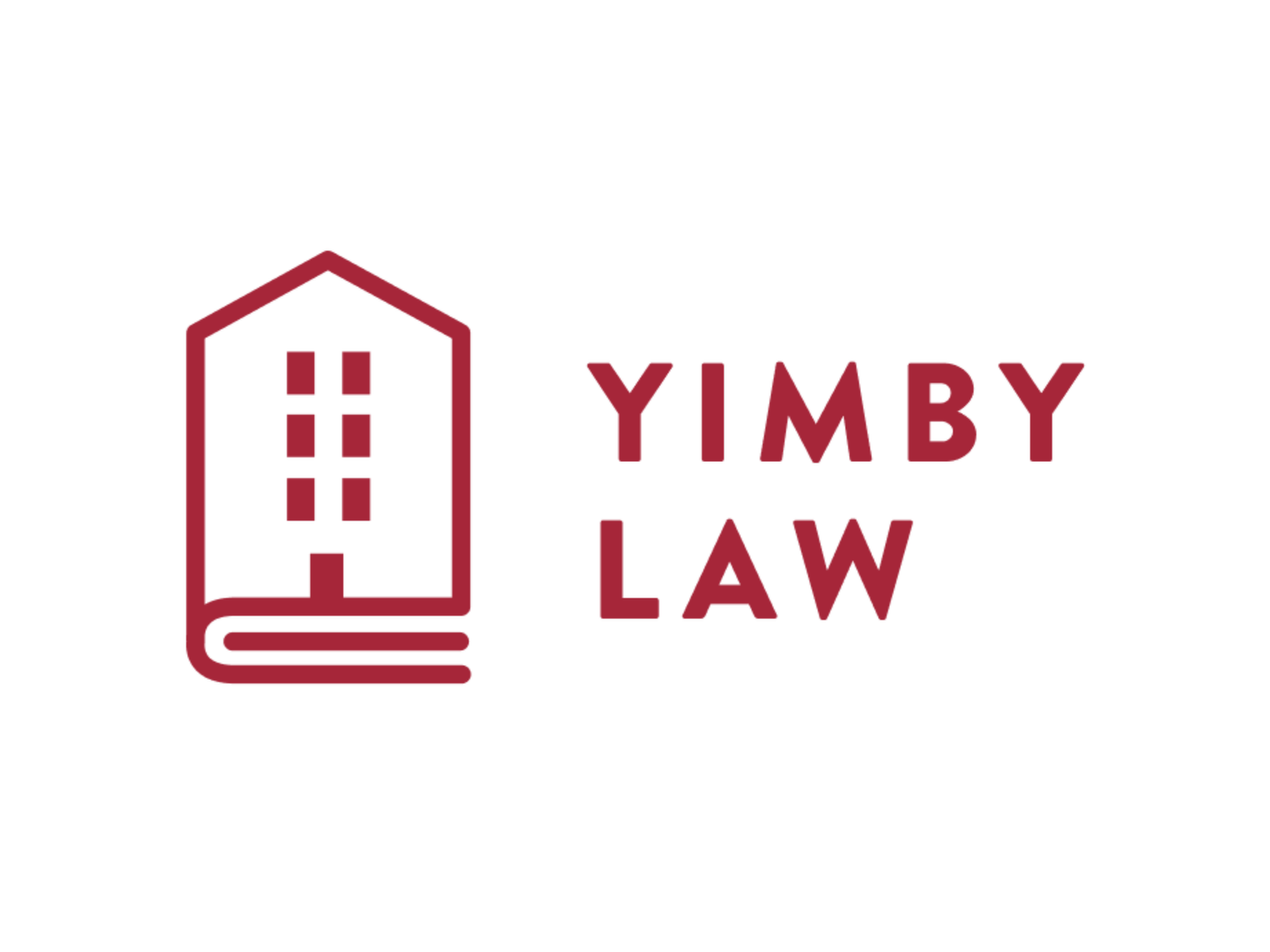Who’s Afraid of Some Extra Height?
/Boo! Happy Halloween to every city that’s terrified of tall apartment buildings. This week: on Steinbeck, Santa Monica, and how to “vest” a builder’s-remedy project.
The Streets of Wrath
I’m nomadic: it’s cheaper than renting. (More on that in a future post.) I spent the weekend relocating from San Francisco to Los Angeles, where I’ll stay for the month of November. On the drive down the 101 past Monterey Bay, there are highway signs memorializing the late author and Salinas native John Steinbeck.
Steinbeck’s most famous work, The Grapes of Wrath, is a novel about the Great Depression. During the Depression, when unemployment peaked at 25%, out-of-control deflation drove desperate farmers to destroy their crops while millions of Americans went hungry. There’s a passage about this moral fiasco in The Grapes of Wrath:
The works of the roots of the vines, of the trees, must be destroyed to keep up the price, and this is the saddest, bitterest thing of all. Carloads of oranges dumped on the ground.… [M]en with hoses squirt kerosene on the oranges…. A million people hungry, needing the fruit—and kerosene sprayed over the golden mountains. And the smell of rot fills the country.… Dump potatoes in the rivers and place guards along the banks to keep the hungry people from fishing them out.…
There is a crime here beyond denunciation…. There is a failure here that topples all our success.… [C]hildren dying of pellagra must die because a profit cannot be taken from an orange.… The people come with nets to fish for potatoes in the river, and the guards hold them back; they come in rattling cars to get the dumped oranges, but the kerosene is sprayed. And they stand still and watch the potatoes float by … watch the mountains of oranges slop down to a putrefying ooze; and in the eyes of the people there is the failure; and in the eyes of the hungry there is a growing wrath. In the souls of the people the grapes of wrath are filling and growing heavy, growing heavy for the vintage.
I think about this everywhere I see people living in tents and cars on the streets between vacant office buildings. Not even work pays the rent anymore. I wonder what Steinbeck would have written about today’s housing crisis. The economics are a little different—we’ve got high prices mitigated by plentiful jobs, for now—but wasted shelter is just as tragic as wasted food.
With that, let’s turn our attention to Santa Monica, a city that wants people to work but not live there.
Santa Monica vs. the Builder’s Remedy
Last week, YIMBY Law hosted a talk with Los Angeles attorney Dave Rand, who’s working on several builder’s-remedy projects in Southern California. The one that’s getting the most attention is a 15-story high-rise in Santa Monica with 2,000 units, hundreds of which will be affordable to people who don’t make six figures. This should be a huge relief for a job-rich community where the median home fetches $2 million, easily more than 20 times what most jobs pay.
Sadly but predictably, the city has vowed to block this and 14 other apartment projects that could house Santa Monica’s priced-out service workers. Teachers and firefighters don’t expect mansions, and for Santa Monica’s gentry, that seems to be exactly the problem. Serve us coffee, they imply, but don’t come here looking for a place to sleep. Just where do these aristocrats expect their baristas to live?
As Dave tells it, the builder’s remedy is testing whether cities are too afraid of “a little more height” to make themselves as affordable as they say they want to be. Santa Monica is failing the test so far, and we can’t wait for the city to explain itself in court.
How to “Vest” a Builder’s-Remedy Project
We’re going to cover the builder’s remedy in this space as long as people have questions. This week, let’s look at the first step in the process, what’s known as a “preliminary application” under the Housing Accountability Act (“HAA”).
Under the HAA, a preliminary application freezes existing development standards for any housing development project that lists seventeen relatively simple criteria. (Cal. Gov. Code §§ 65589.5(o)(1), 65941.1(a).) That—locking in the right to build—is what HCD called “vest[ing]” in its October 5 letter to Dave. That’s the kind of legal assurance builders need to develop the homes the rest of us need. It’s a scandal that cities would litigate this.
As we explained last week, the builder’s remedy creates a zoning holiday in cities without a compliant housing element. (See id. § 65589.5(d)(5).) So, when a property owner files a preliminary application with the builder’s remedy in effect, they “vest” the right to take advantage of the zoning holiday. It doesn’t matter if the city achieves compliance later, as HCD certified Santa Monica did on October 14. Those thousands of new homes are now vested, whether Santa Monica likes it or not.
The preliminary application is available as a standard form on the California Department of Housing and Community Development’s website. It requires little more than a site plan, and costs $10,000–$15,000 to file with professional help (which we advise). Applicants then have six months to complete a full application. We won’t call it cheap, but it’s less expensive than the legal delays and uncertainties that inflate the cost of most new buildings.
***
Next week, we’ll address what we anticipate is the main legal obstacle for most builder’s-remedy projects: the California Environmental Quality Act (“CEQA”). Until then, here’s The Boss with something to rage against.


